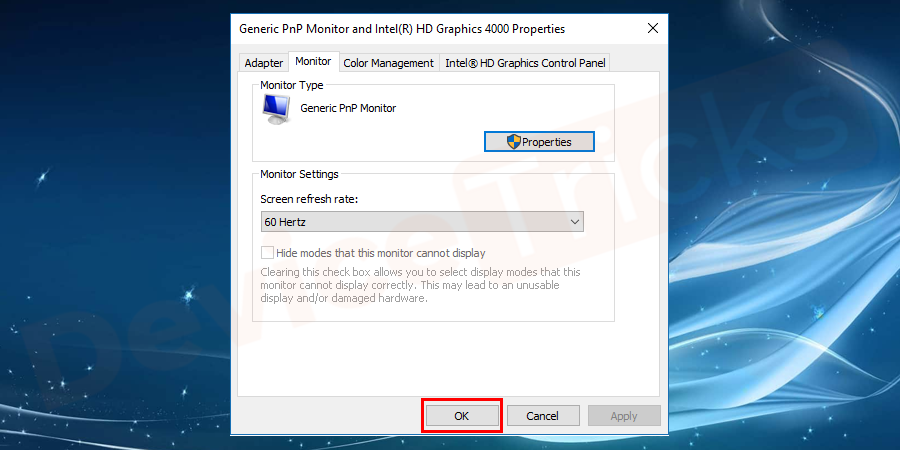


You find other options on the page that you may want to experiment with, for instance to run it in a lower resolution, or disabling desktop composition.Locate "disable display scaling on high DPI settings", and check the box. It lists settings to improve an application's compatibility when running. If the program is displayed on the taskbar, right-click on it, and then right-click again on its name that opens in the menu. Right-click on the program's icon, for instance on the desktop, and select Properties from the context menu.If you notice that a program does not work well with high DPI settings, you may want to disable display scaling for it when you run the program. Option 2: Fixing programs that don't scale well, or at allĮven if you make adjustments to how text scales in Windows, you may run into programs that don't display well on high DPI displays. Note that doing so may mess up some programs in the process.

This allows you to scale text by making it larger. You may also try the "set custom text size (DPI)" setting on the page before you sign out. Hit the apply button once you have made the adjustment, and use the prompt to log off and on again.The operating system highlights the default value on the screen. Use the options to switch to another text scaling value.Select "Make text and other items larger or smaller" when the Control Panel window opens.Right-click on the desktop and select Screen Resolution from the context menu.If you are running Windows 7, do the following instead: You may also click on "Advanced display settings" to adjust the screen resolution if necessary. If that is the case sign out and in again, or restart the PC to complete the process. The scaling is automatically adjusted when you move the slider, but some apps may not respond to the new value immediately.


 0 kommentar(er)
0 kommentar(er)
